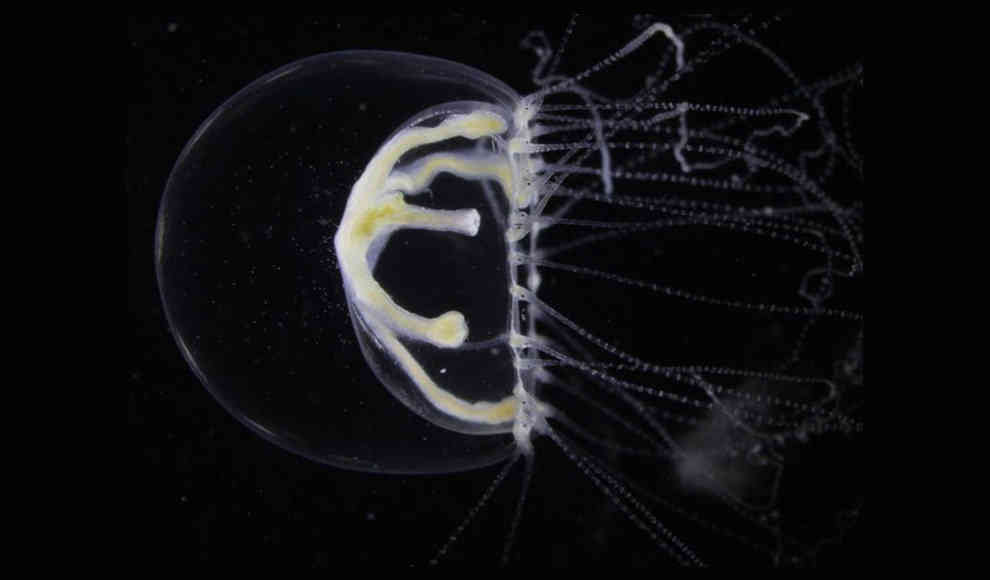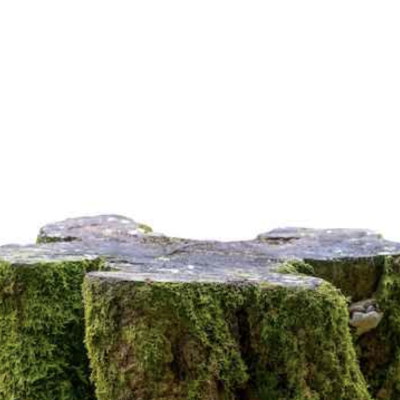A new species of jellyfish appears to be spreading in the Baltic Sea. Biologists from the University of Greifswald have discovered several specimens of the Blackfordia virginica, also known as the Schwarzmeer-Qualle, near the island of Hiddensee. The jellyfish, which can grow up to half a cubic meter in size, were found in shallow waters of about 50 centimeters. While experts estimate that there were several hundred of them, genetic testing is needed to confirm their identity. The Blackfordia virginica was first described in 1904 in the waters off Virginia, but it is believed to have originated in the Black Sea.
According to Dr. Sven Dahkle of the biological station on Hiddensee, the Baltic Sea is an ideal habitat for animals from all over the world. The jellyfish’s preference for brackish water makes it well-suited to the ecosystem of the North Sea Canal, where it has already established itself. In 2016, the jellyfish was spotted in the Kiel Bay, and now it appears to be spreading further into the Baltic Sea. While the Blackfordia virginica is not considered dangerous to humans, its presence could have an impact on the local ecosystem.
Experts are concerned about the potential impact of the jellyfish on the Baltic Sea’s delicate ecosystem. While the Blackfordia virginica is not considered dangerous to humans, it could compete with native species for food and space. The jellyfish’s rapid reproduction rate could also lead to an overpopulation, which could have a negative impact on the local fishing industry. As the jellyfish continues to spread, scientists will be closely monitoring its impact on the Baltic Sea’s ecosystem.










